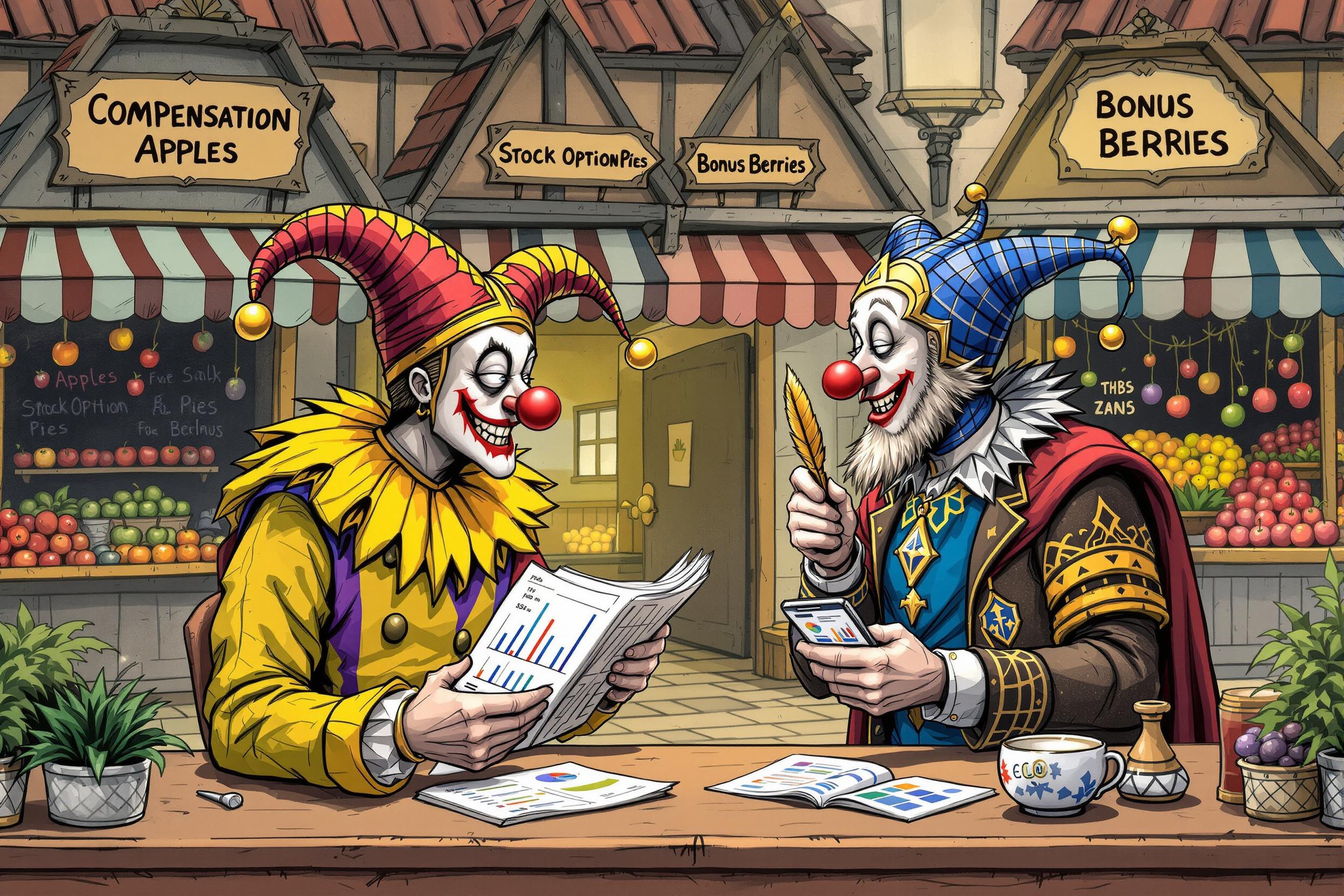
Fine Silver
Fine silver is the purest form of silver used in jewelry making, being 99.9% pure silver (compared to sterling silver which is 92.5% pure). When job applicants mention fine silver, they're referring to working with this high-purity precious metal that's particularly valued for its bright white color and special properties. It's softer and more moldable than sterling silver, making it excellent for certain specialized jewelry techniques, especially metal clay work. In job descriptions, this term indicates experience with high-end jewelry creation and understanding of precious metal properties.
Examples in Resumes
Created custom jewelry pieces using Fine Silver metal clay techniques
Specialized in Fine Silver filigree work for luxury jewelry collections
Trained apprentice jewelers in Fine Silver and Pure Silver working methods
Typical job title: "Fine Silver Artisans"
Also try searching for:
Where to Find Fine Silver Artisans
Professional Organizations
Online Communities
Job Resources
Example Interview Questions
Senior Level Questions
Q: How do you ensure quality control when working with fine silver pieces?
Expected Answer: A senior artisan should discuss testing methods, quality standards, handling procedures, and how to train others in maintaining consistency across production.
Q: What considerations do you take when designing a collection using fine silver?
Expected Answer: Should explain material costs, durability concerns, design limitations, and market positioning of fine silver versus sterling silver pieces.
Mid Level Questions
Q: What are the main differences between working with fine silver and sterling silver?
Expected Answer: Should explain that fine silver is softer, purer, and more suitable for certain techniques, while also discussing when each type is most appropriate to use.
Q: Describe your experience with fine silver metal clay techniques.
Expected Answer: Should demonstrate knowledge of metal clay handling, firing processes, finishing techniques, and common troubleshooting methods.
Junior Level Questions
Q: What safety precautions do you take when working with fine silver?
Expected Answer: Should mention basic workshop safety, proper ventilation, appropriate tool handling, and protective equipment needed.
Q: How do you identify fine silver versus other silver types?
Expected Answer: Should be able to explain basic hallmarks, testing methods, and visual characteristics of fine silver compared to sterling silver.
Experience Level Indicators
Junior (0-2 years)
- Basic metal forming techniques
- Understanding of silver properties
- Simple jewelry assembly
- Basic tool handling and safety
Mid (2-5 years)
- Advanced forming techniques
- Metal clay expertise
- Custom design creation
- Quality control procedures
Senior (5+ years)
- Master level metalworking
- Collection design
- Training and supervision
- Complex custom projects
Red Flags to Watch For
- No knowledge of proper handling and storage of precious metals
- Lack of understanding about purity measurements
- Unable to explain basic safety procedures
- No experience with quality control methods
Need more hiring wisdom? Check these out...

The Hidden Art of Salary Negotiation: How to Win Hearts Without Going Broke

Refining Job Descriptions to Expand Applicant Pools: Casting a Wider Talent Net

Micro-Internships: The Game-Changer in Project-Based Learning

